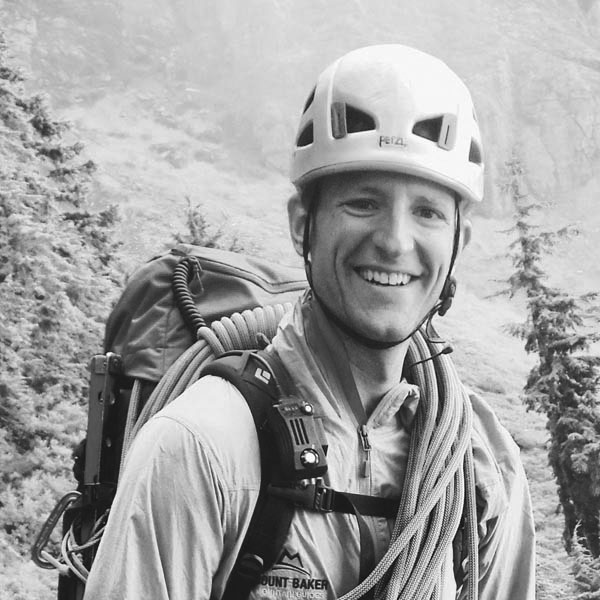Preparing for Travel in Avalanche Terrain
One of the most commonly overlooked aspects of decision making in avalanche terrain is pre-trip preparation. Most backcountry skiers and snowboarders do a pretty good job of looking over the avalanche report in the AM, and are generally familiar with the hazard rating for the day. However, the point is to apply the hazard rating to terrain, and avoid areas that can produce an avalanche.
AIARE – The American Institute of Avalanche Research and Education – has a great pre-trip checklist available in their ubiquitous “Blue Book.” The pre-trip checklist helps users assess the hazard rating, avalanche problems, snowpack structure, weak layers, and weather factors that could contribute to, or change the avalanche hazard. Most of this information is available in the daily avalanche bulletin, local weather reports, and weather station data. However, the next step is to anticipate where hazard may exist in the terrain you are planning on touring. This is the most important part.
Operational Backcountry Run Lists
Most professional ski guides and avalanche instructors use what is known as run lists to assess terrain before going into the field. To be honest, it’s not overly complex, but it does require some amount of formal avalanche training. The fact is that recreational skiers and snowboarders can only benefit from taking a few minutes before their tour to think critically about hazard and terrain.
Run lists create a structured process for assessing terrain. They often include maps, photos, satellite imagery, and other resources with common runs drawn in and labeled. Maps help us determine distances, elevation changes, and slope angles. Imagery allows us to build familiarity with terrain, and identify areas of concern in much greater detail. Labels, or names, allow us to communicate our terrain choices clearly. The goal is to sit down before a day of backcountry skiing or snowboarding, assess the avalanche hazard, and rate each potential run as either open or closed. Once in the field, further observations can be used to close open runs. However, a run that is closed at any point cannot be re-opened. Those are the rules.
As a backcountry ski and avalanche education operation, Baker Mountain Guides is responsible for many decisions made by many of our guides on a daily basis. Run lists work by limiting emotion in the decision-making process. Any decision that we make in the field will have an emotional component, and emotions can get us into trouble. For run lists to be effective, all potential runs must be rated, and ratings must be respected. By rating all runs in a particular zone, we create many options to choose from, which allows us to craft exceptional experiences for our clientele with a high degree of confidence. Conversely, by closing runs before and during a tour, we can assure that we will not make spontaneous, emotional decisions. We may be guides, but we are also human.
Mount Baker Backcountry Ski Map
These are tools and techniques that can be easily employed by recreational skiers and snowboarders with level 1 avalanche training. However, to relate the avalanche hazard to terrain, you need to have a run list to work with. Baker Mountain Guides has spent years developing a run list for the Mount Baker Backcountry, and this summer, we worked with Fall Line Publishing to produce the Mount Baker Backcountry Ski Map. The Mount Baker Backcountry Ski Map is waterproof, tearproof, and small enough to be easily carried in the field. It covers both Bagley Lakes Basin and the Shuksan Arm, which are two exceptional and accessible backcountry venues near the Mount Baker Ski Area. Best of all, it contains both maps and photos of many common runs, which have been numbered and named. Finally, it offers users the ability to rate each run as either open or closed. The Mount Baker Backcountry Ski Map is provided to students who participate in a Baker Mountain Guides avalanche course.
Avalanche Education
Again, we cannot overstate the importance of avalanche education and mentorship. Run lists are no guarantee of safety. Decisions regarding which runs to open or close are the sole responsibility of the user. Formal avalanche training is necessary to effectively assess avalanche hazard and relate the hazard to terrain. Very few decisions in the backcountry are black and white, and good judgment before and during a backcountry tour is mandatory for a successful day. Run lists are just another very small part of a very large puzzle.
